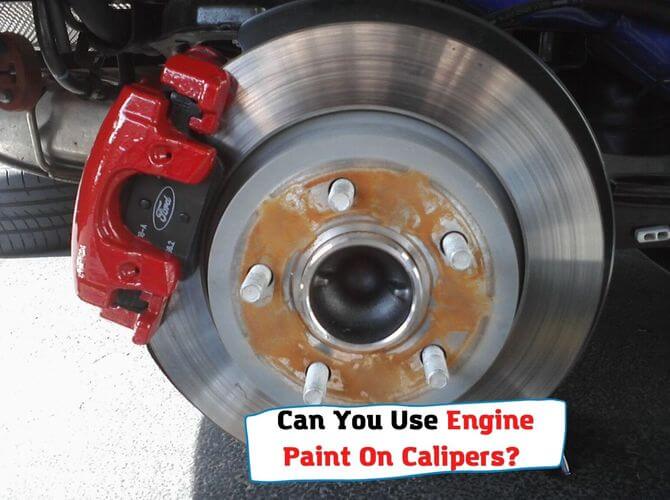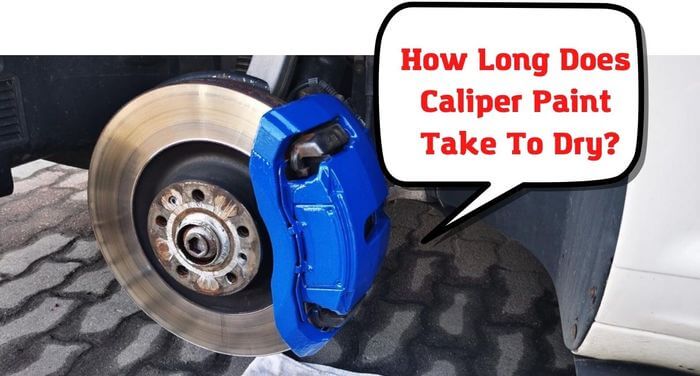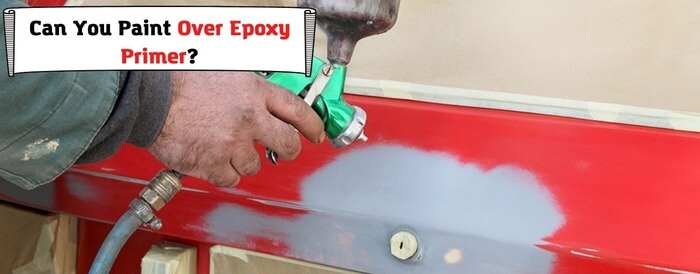When working with automotive paints or decoration materials, the clear coat serves an essential role. It’s the final layer applied to the painted surface, offering protection and enhancing the finish’s overall look. Yet, certain questions remain a point of concern for many, one such being – Can I apply a clear coat the next day?

The timing of applying clear coat matters significantly due to its impact on the finish and possible repercussions. So, is the next day too late or just timely? Let’s explore this pertinent question while understanding the role of the clear coat, evaluate the conditions to apply it late, and advice on steps to follow or mistakes to avoid when you decide to apply clear coat after a day.
Why Timing Matters When Applying Clear Coat
The importance of timing when applying clear coat cannot be overstated. While the clear coat might come across as a simple, transparent layer, its impact on the aesthetics and durability of the paint job is critical. Its effectiveness is highly reliant on the timing of its application after the base paint coat.
Applying the clear coat immediatly after the base coat ensures the best adhesion. The underlying science is that, the base coat while still tacky, hasn’t completely cured. Thus, it allows the clear coat to form a strong, inseparable bond with the base. This is critical for providing the glossy finish we typically associate with excellent paintwork and protecting the base coat from external factors.
If the clear coat is applied too early, while the colour coat is still wet, it could lead to disastrous results such as runs or sags. Alternatively, if applied too late, the clear coat might not adhere properly to the color coat which compromise its protective capabilities.
However, one may wonder, what if circumstances don’t allow for the immediate application of the clear coat? The rest of this article will shed light on these scenarios and how to handle them, to ensure your final finish is as effective and visually striking as it can be.
Can I Apply Clear Coat The Next Day?
To answer directly, yes, you can apply a clear coat the next day. There’s no absolute limit to when you can apply your clear coat. However, it’s worth noting that the timing heavily depends on various factors, such as the type of paint used, temperature, and humidity levels. Generally, you should apply your clear coat within 24 hours of application. This timeframe aligns with many manufacturers’ recommendations. The reason for this is to ensure that the base coat is still relatively fresh, promoting better adhesion between the two coats. However, if circumstances prevent you from doing so and you may need to apply it the next day, don’t panic – it is possible without severely compromising the finish. One main thing to keep in mind is that if the base coat has fully cured or hardened, there can be problems with adhesion when the clear coat is applied later. This is because the clear coat needs to bond chemically with the base coat for a smooth and consistent finish. Therefore, applying it before the base coat has fully cured might yield a better result. To sum up, you can indeed apply a clear coat the next day, but the overall success largely depends on the conditions and the base coat’s state. Therefore, ensure to assess these factors carefully before making a decision.
Evaluating the Conditions for Applying Clear Coat Late
Before applying a clear coat the next day or after a significant time gap, it’s crucial to evaluate certain conditions that might influence the overall outcome. The success of a delayed clear coat application significantly depends on both the environmental and the surface state.
The first condition to consider is the ambient temperature and relative humidity. These factors can affect the drying time of the base paint and the clear coat. If the environment is too cold or too humid, it may take longer for the base paint to dry out completely, subsequently delaying the clear coat application. In contrast, an excessively hot environment can make the coat dry too quickly, leading to an uneven finish.
The second central condition lies with the state of the surface where the clear coat will be applied. If it has been more than 24 hours, the paint can collect dust, debris, or oils, making the surface rough or unsuitable for applying clear coat. In such cases, it becomes necessary to clean and prepare the surface before proceeding.
It’s also essential to assess the compatibility of base paint with a late clear coat application. Certain types of paints may react adversely if a clear coat is applied after a substantial delay. Checking the base paint specifications to ensure compatibility with a deferred clear coat application is hence, advisable.
Therefore, when planning to apply a clear coat after a day or more, it is not just about deciding to do so. Instead, it’s about making an educated and calculated decision that considers the multiple factors influencing the final outcome of your project.
Steps to Follow When Applying Clear Coat the Next Day
If you find yourself in a position where you need to apply your clear coat the following day, there are some specific steps you can follow to ensure a successful application. Prepping your workstation and the item you’re going to paint is essential. Your area needs to be dust-free and adequately ventilated. Your object needs to be clean, with no signs of dust, oil, or grime. Make sure to use a tack cloth as it’s incredibly efficient at picking up any residual dirty particles.
To ensure an immaculate base for the clear coat, lightly wet sand the surface with 1000 grit sandpaper. This step provides a smooth surfaced canvas for the clear coat and promotes adhesion. Once you’ve wet sanded the whole surface, rinse it thoroughly, wipe it down with a tack cloth once again, and let it dry. This thorough preparation is the secret to achieving a flawless end result.
When ready to apply the clear coat, make sure it’s thoroughly mixed to activate all the ingredients properly. It’s beneficial to test it on a different surface to ensure it sprays consistently. Application should be in thin, even layers. Between each layer, give adequate time to dry according to the manufacturer’s instructions available on the label; rushing this step might leave you with a bubbled or rippled finish.
Once all layers of the clear coat are applied, let the object dry for at least 24 hours. The curing time largely depends on the surrounding temperature and humidity levels. The surface should look glossy and feel hard to touch once it’s completely cured.
- Can You Unmix Paint: Techniques, Consequences, Alternatives - February 23, 2024
- Does Primer Need to be Mixed? Effective Primer Application - February 22, 2024
- How to Make Old Paint Usable Again: Retrieving and Preserving Paint - February 21, 2024



